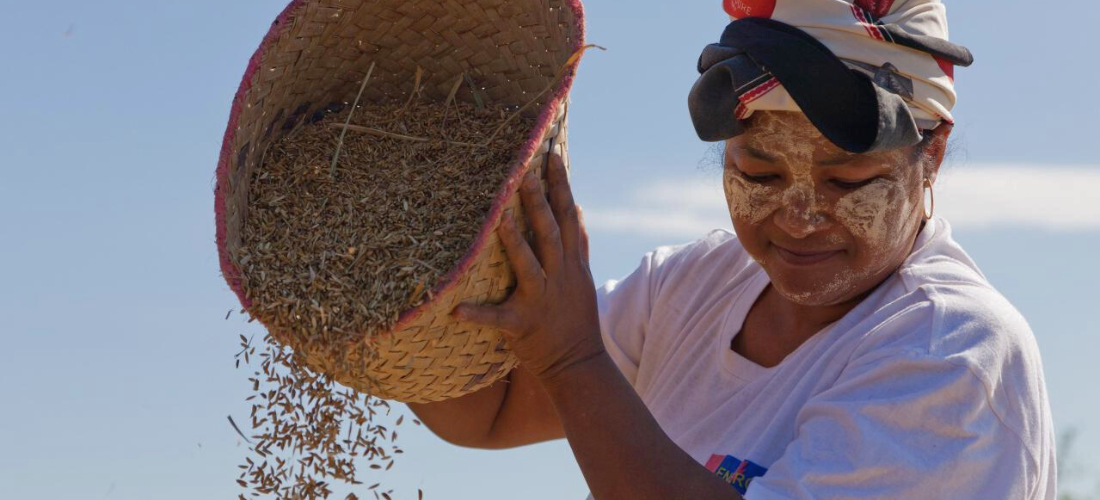
ESS 9 Cultural heritage
ESS 9 aims to facilitate the preservation, protection and promotion of cultural heritage in FAO programming in a manner consistent with UNESCO cultural heritage conventions, the International Treaty on Plant Genetic Resources for Food and Agriculture (ITPGRFA) and any other national or international legal instruments that might have a bearing on the use of cultural heritage. FAO has pioneered international recognition of the concept of farmers’ rights, which are linked to the traditional knowledge of farmers and indigenous and local communities. The ITPGRFA is the first international legally binding instrument that endorses these rights and acknowledges farmers’ contributions to the conservation and development of plant genetic resources.
Objectives
- Protect cultural heritage, including food heritage from damage, inappropriate alteration, disruption, removal or misuse, and support its preservation, safeguarding and protection.
- Ensure equitable sharing of benefits generate from integration and utilization of cultural heritage in FAO programming.
- Promote meaningful consultation with stakeholders, including women and youth, on the preservation, protection, utilization and management of cultural heritage.
Key definitions
- Cultural heritage: tangible and intangible heritage, which may be recognized and valued at the local, regional, national, or global level.
- Tangible cultural heritage: moveable or immovable objects, sites, structures, groups of structures, human settlements and natural features and landscapes that have archaeological, paleontological, historical, architectural, religious, aesthetic, or other cultural significance. Tangible cultural heritage may be located in any setting and in any environment (e.g., above or below ground or under water).
- Intangible cultural heritage: living heritage, includes practices, representations, expressions, knowledge, and skills, along with the associated instruments, objects, artefacts and cultural spaces, that communities and groups recognize as part of their cultural heritage. This cultural heritage has been transmitted from generation to generation and constantly recreated by these communities and groups in response to their environment, their interactions with nature and their history. It provides them with a sense of identity and continuity, thus promoting respect for cultural diversity and human creativity. Intangible cultural heritage may include (a) oral traditions and expressions, including language as a vehicle of the intangible cultural heritage; (b) performing arts; (c) social practices, rituals and festive events; (d) food heritage and territorial diets; (e) knowledge and practices concerning nature and the universe; and (f) traditional craftsmanship.








